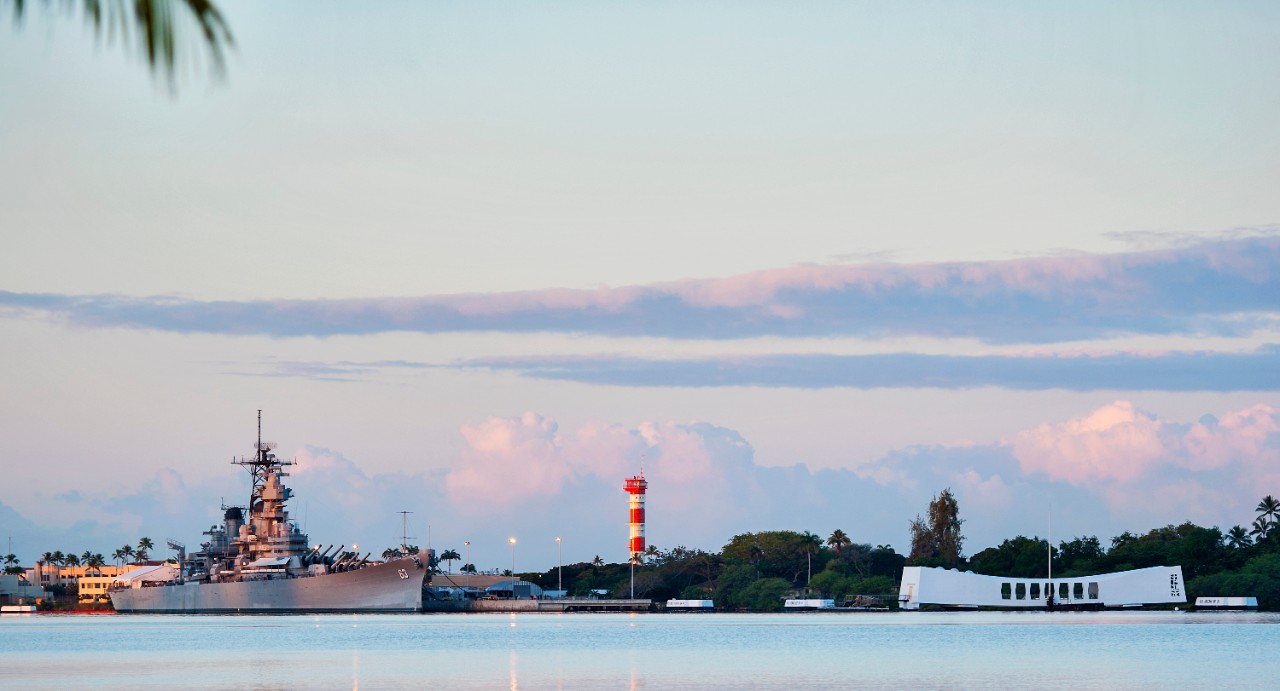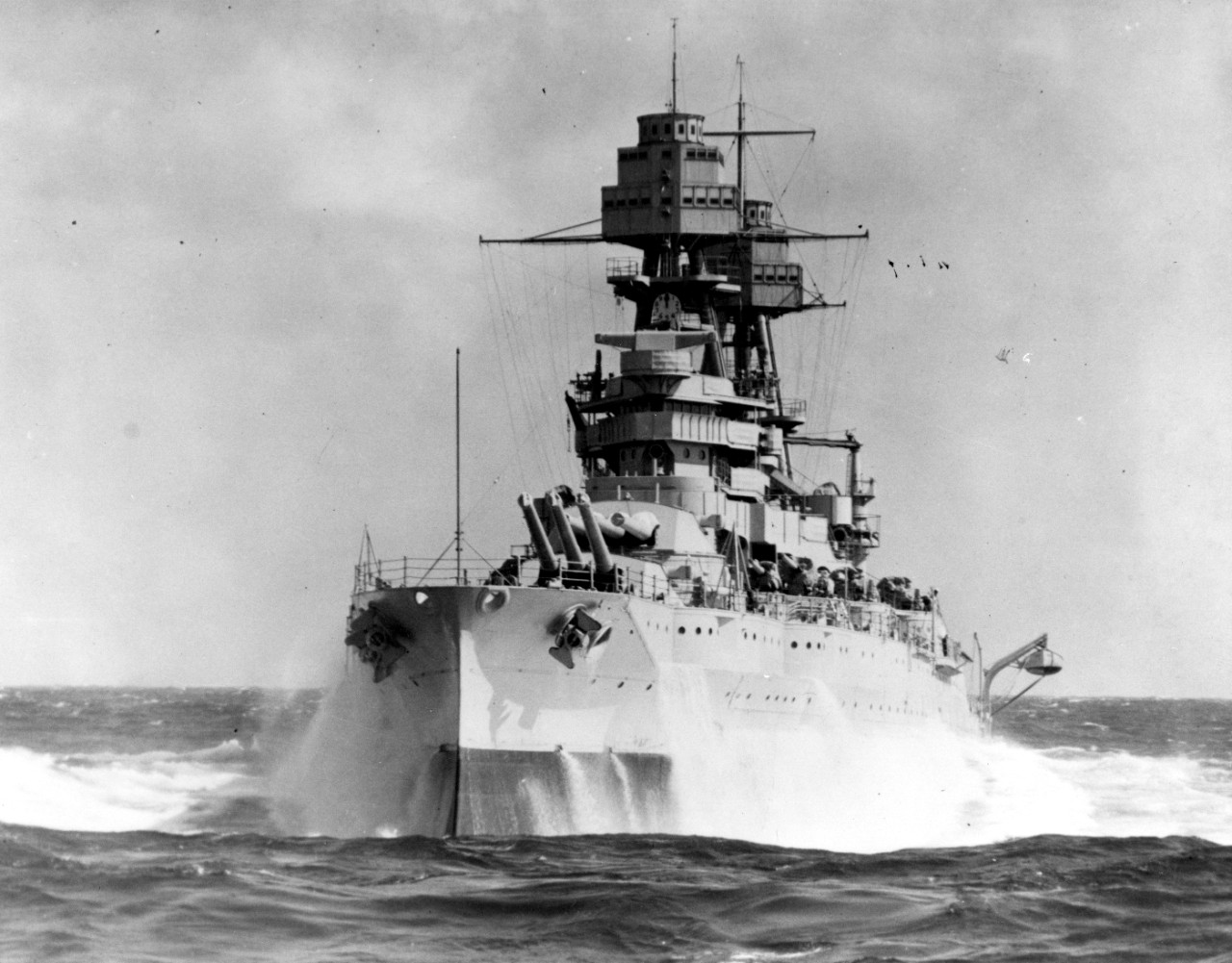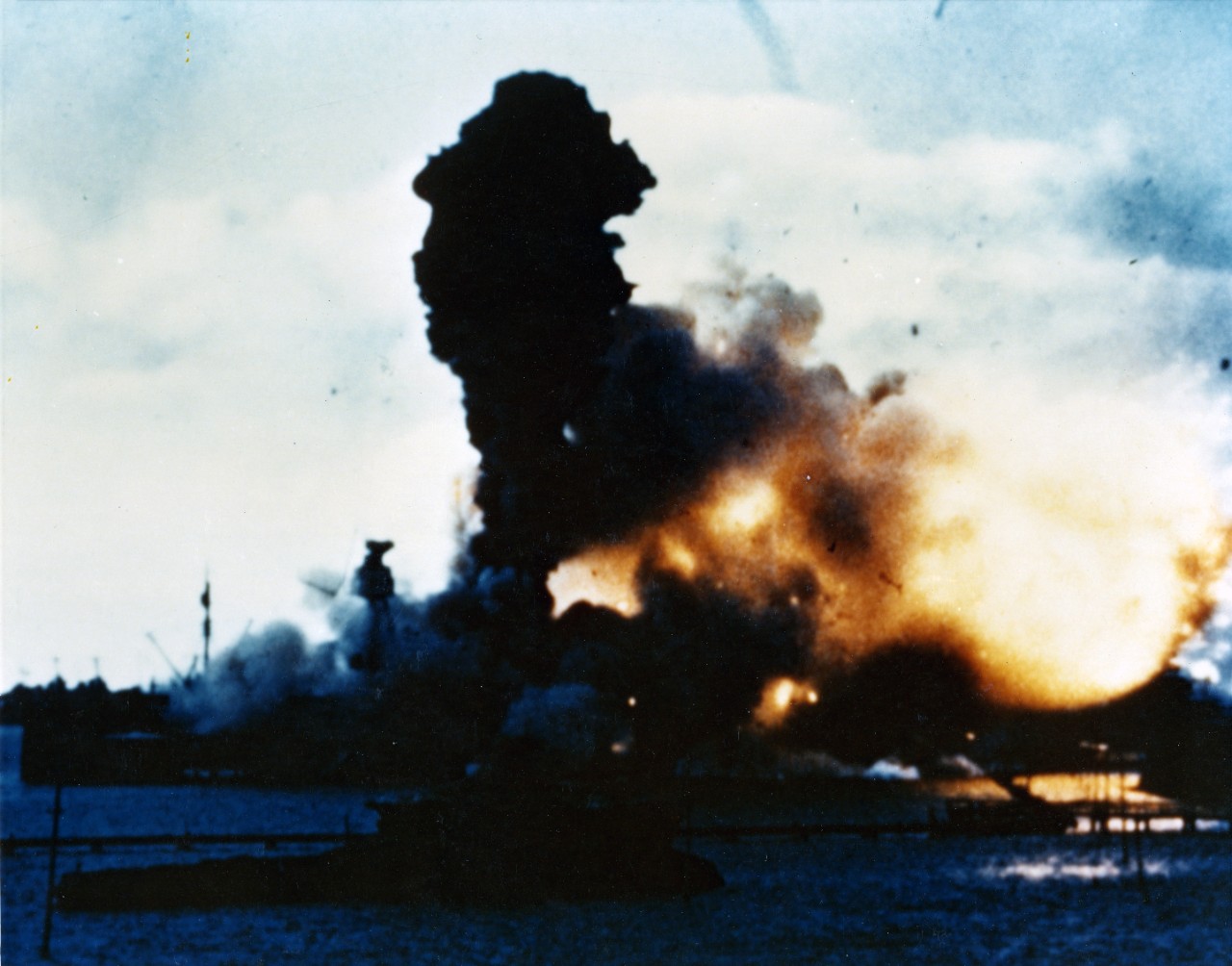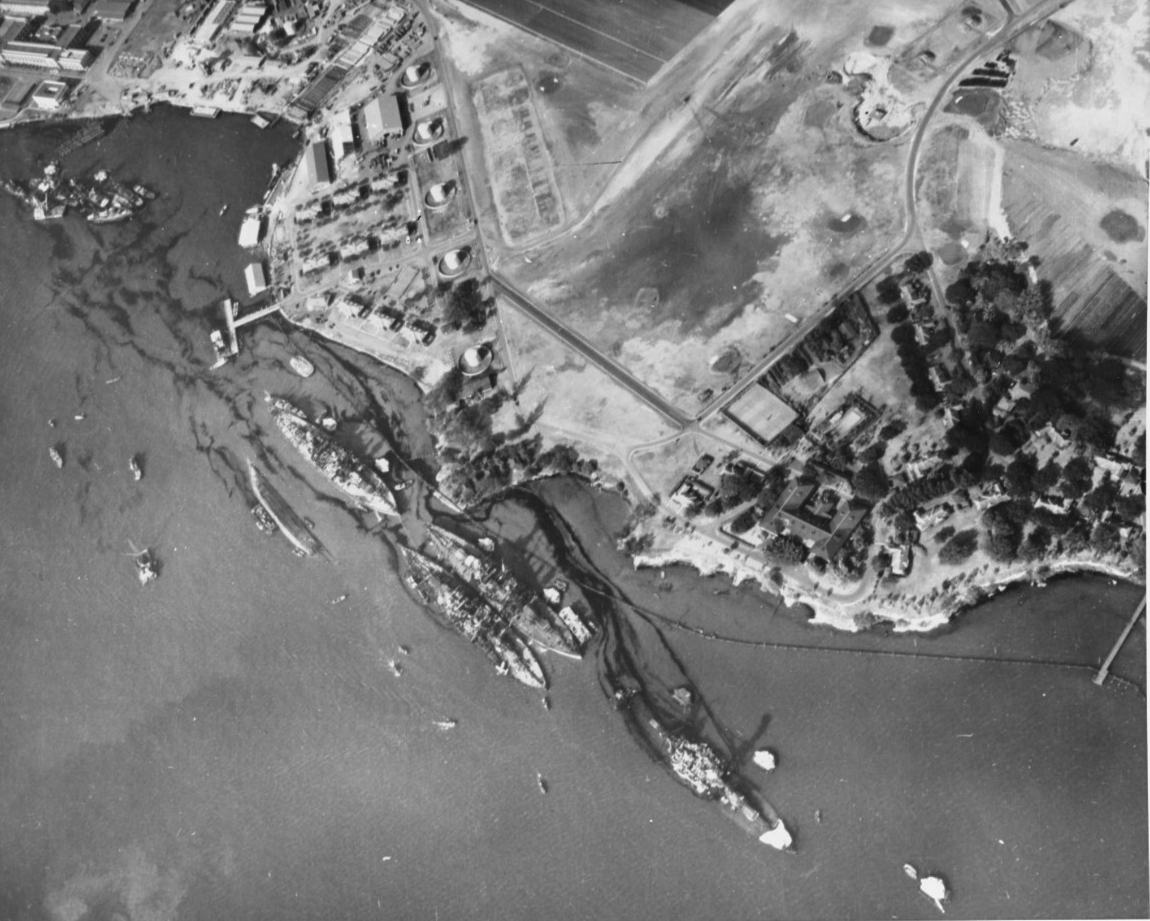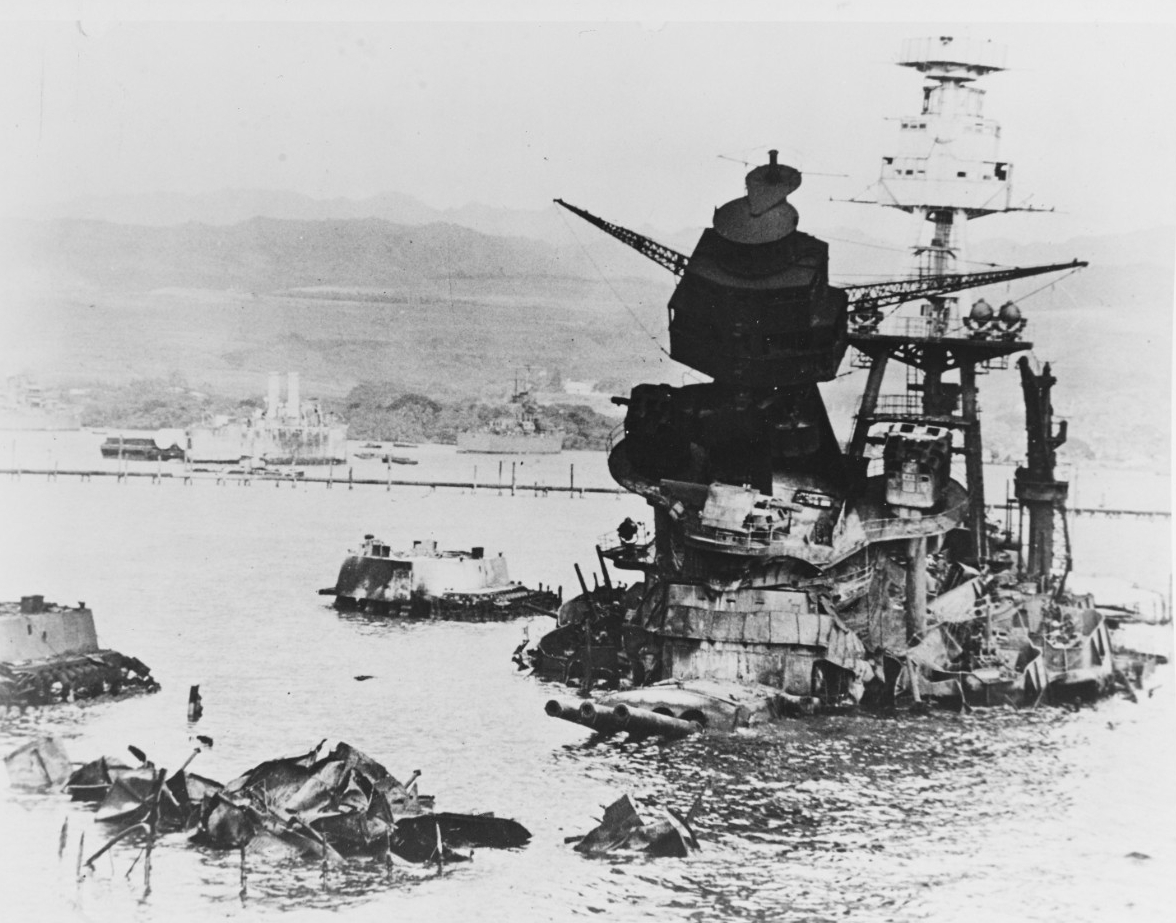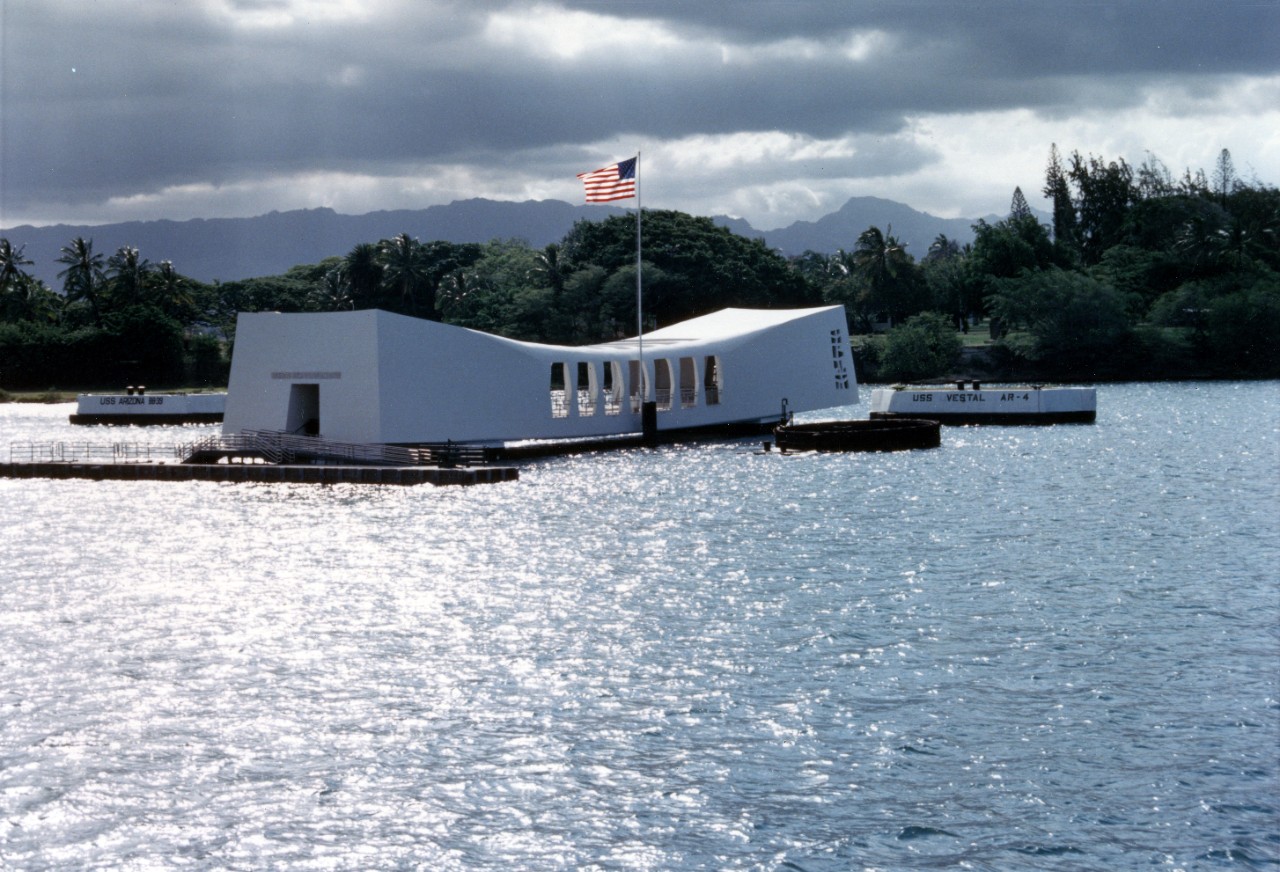USS Arizona (BB-39) Wreck Site - 1941
A Battleship Preserved as a Lasting Memorial of the Attack on Pearl Harbor
Brief History
The Pennsylvania-class battleship Arizona (BB-39) was launched 19 June 1915 at the New York Naval Shipyard, and commissioned to the United States Atlantic Fleet under the command of Captain J. D. McDonald on 17 October 1916. Arizona spent World War I patrolling the waters of the Northeast as part of Battleship Division 8 out of Norfolk, Virginia, where her fuel oil requirements would not tax the short supply in Britain. On 18 November 1918 Arizona made her first trip across the Atlantic Ocean from Hampton Roads, Virginia, to England. From there, she supported the escorting operations of George Washington who carried President Woodrow Wilson to the Paris Peace Conference. Arizona departed the Atlantic Fleet in 1921, and was transferred to the Pacific fleet where she found her new homeport in Pearl Harbor, Hawaii. During her time in the Pacific fleet, Arizona carried President Herbert Hoover to the West Indies and performed routine missions and training.
Arizona, as well as much of the Pacific Fleet, was in port when Pearl Harbor suffered a surprize attack by the Japanese on 7 December 1941, propelling the U.S. into World War II. During this raid, Arizona was hit by one torpedo and eight bombs, one of which passed through a magazine and lit cordite, causing an expansion of gases followed by a massive explosion. The ship quickly sank to the bottom of the harbor along with 1,177 of the 1,512 personnel on board, representing about half the total number of Americans killed that day. More images of Arizona during the attack on Pearl Harbor have been compiled by NHHC Photograph Archives.
Since the ship was moored in relatively shallow water when attacked, much of the superstructure continued to protrude out of the water. On 5 May 1942, the Navy began to disassemble and cut off the protruding parts, beginning with the foremast, then the mainmast on 23 August 1942. Number 1 and 2 gun turrets were removed from Arizona and placed at Army outposts along the Hawaiian coast for defensive support. The Navy recovered 105 crewmembers’ remains from the wreckage. The last of the salvaging evolutions occurred in October 1943. Arizona was removed from the commissioned list 1 December 1942. In the end, only the hull and main deck remained at the bottom of the harbor. Click here for images of salvage efforts following the raid on Pearl Harbor.
In 1944, Wilber L. Bowers, an Arizona University alumnus, discovered one of Arizona’s bells corroding in the Puget Sound Naval Shipyard, Washington. The bell, like many other pieces of scrapped vessels, was waiting to be melted down so it could be reused for wartime efforts. Bowers was able to retrieve the bell and have it sent to the University of Arizona in 1946, where it currently resides in the bell tower as an honor to those who had fallen. The other bell that was on Arizona remains at the memorial site.
Throughout the rest of World War II, Arizona remained untouched and unnoticed. It was not until 1950 that a flagpole for ceremonial visits was established on the boat deck of the wreck (Tilburg 2003). This salute to the fallen began to raise awareness about the importance of Arizona and the rest of the ships that were attacked in Pearl Harbor. Due to this attention, in 1958 legislation was passed that the Navy would be allowed to erect a memorial for the fallen and receive contributions for funding it. Construction of the memorial began in 1960 and finished in 1962. At the completion of construction, the site was dedicated on Memorial Day to all of those who had fallen during the attack on Pearl Harbor. In 1980, the visitor’s center was constructed, and the Navy turned the memorial over to the National Park Service (NPS) for daily operations. Although the NPS manages Arizona, the Navy and NHHC have been intimately involved from the start and continue to collaborate on a number of research and public education opportunities.
Underwater Archaeology
In 1983, the NPS’s Submerged Cultural Resources Unit, now known as the Submerged Resources Center (SRC), conducted a ten-day diving operation, taking photographs and measurements of Arizona. Teamed with the park staff and the Navy’s Mobile Diving and Salvage Unit One, SRC was able to gather a comprehensive amount of information that was not known prior to this. Thousands of measurements of the twisted metal were taken, attempting to get an accurate reconstruction of the ship. One of the first interesting things researchers found was that at the point of the explosion that caused the ship to sink, the gunnels were several feet wider apart than in the construction plans. This suggested that the ship had expanded at the explosion site and was confirmed by getting additional measurements by hand and infrared theodolite. When the vessel was pieced together from the data collected, the scaled drawing was longer than the actual ship. During this phase of research, divers also found that the explosion from the magazine caused major structural damage, which collapsed bulkheads and sealed the exits, trapping the men within.
In 1986 a biofouling and corrosion study was initiated by NPS to investigate the excessive corrosion that was taking place upon the outer surface of the ship’s hull. During 1998, 1999, 2000, and 2001 the SRC conducted multiple research dives and inquiries that revolved around the corrosion and deterioration prevention of the historic vessel. Another important issue that was documented during this period was the amount of the leaking oil from the ship. Arizona contains several hundred thousand gallons of Bunker C fuel oil that has been slowly leaking since its sinking in 1941. Close monitoring of the situation began in this period, and research was initiated on how to address the issue.
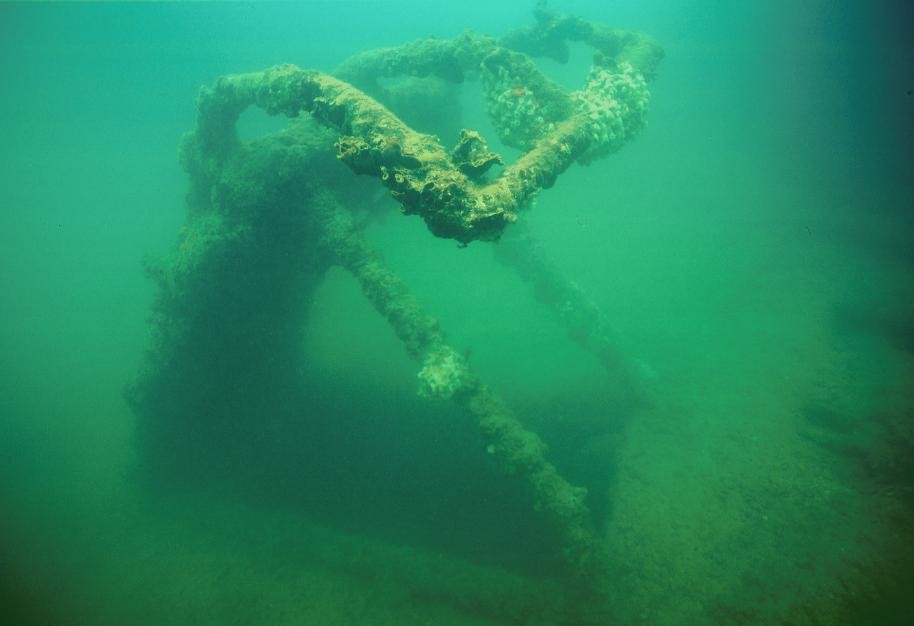
In 2003, the National Park Service received an official grant from the Legacy Resources Management Program to be directed towards the development of a long term management plan for Arizona. The insights gained from this study were designed to prevent environmental hazards from oil release, as well as to establish long-term preservation protocols. Since Arizona’s sinking, the corrosion of the hull has varied from 1.1 to 6.0 mils per year (1 mil = one thousandth of an inch).
From 2003 to 2004, a number of improved techniques were employed to gain insight into forces affecting the wreck, which include environmental as well as human processes. Researchers used remotely operated vehicles to conduct various tests, including: measuring corrosion potential of metal surfaces, assessing microbial impacts, and collecting oil samples. Annual studies on the wreck beginning in 2004 help to inform further management considerations on the structural integrity of the ship in order to minimize environmental impacts.
Geological studies are important for understanding the movement of the seafloor that may impact hull stability in the long term. Core samples from around the wreck have been taken to provide accurate stratigraphic information and measure the stability of the sediments the ship rests upon.
In 2009, site formation studies were conducted using the finite element analysis (FEA) to create a program that would allow scientists to calculate the future structural strength and integrity of the ship. The FEA program uses experimental variables based on known processes and observable data to model the mechanical properties of the ship, dividing the surface into small shapes that reflect the deformations and deflections over time on specific parts of the vessel.
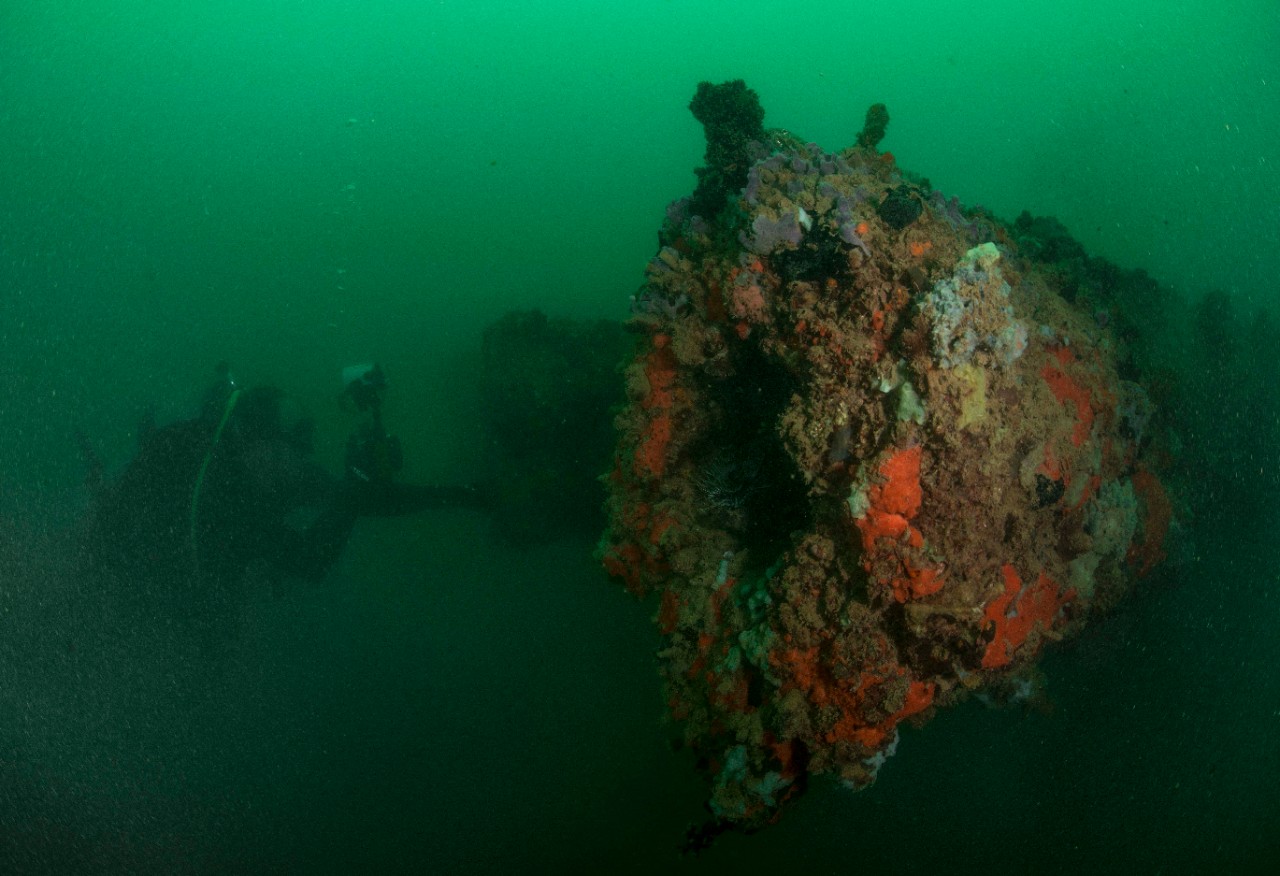
In 2013, research began on collecting interior and exterior photo documentation, mapping, and 3D modeling utilizing digital HD video and photography. The data collected was used to create visual media designed for people that are not able to go visit the memorial or dive underwater and experience the ways research is done from a submerged perspective. A virtual reality environment based on 3D reconstructions allows visitors to feel, touch, and see history in a unique perspective.
Archaeological research allows us to apply scientific techniques to interpret the Navy’s stories and experiences in a way that educates the public and honors our veterans. The Navy’s sunken military craft represent a non-renewable, fragile, and untapped repository for science, technology, and history. Arizona is one of the most monitored wrecks in the Navy’s collection. Studies of Arizona have created detailed data sets of the environmental interactions between the harbor and the large steel battleship. These have provided an invaluable research tool to further archaeological, conservation, and technological advances in several fields. Archaeology also lets us see how and why the physical ship itself changed over time to reflect its operational environment. Starting out as a ship designed to perform in the Atlantic, its gradual transformation to a Pacific battleship, and today a memorial of submerged heritage. While it is not common to think of just how much vessels change over time and how they reflect the ideas, strategies, and people during and after its service, archaeological studies make these processes more apparent.
Active Naval Contribution
The Arizona memorial has many people who run the daily operations of the sight. An important component of the staff is the active duty Navy service members who are part of a detachment that work daily at this sight. These personnel render honors daily over the site, as well as give tours to thousands of people about the history of Arizona and Pearl Harbor. The inclusion of these service members perpetuates the heritage of the United States Navy and allows those currently serving to honor those who have gone before them.
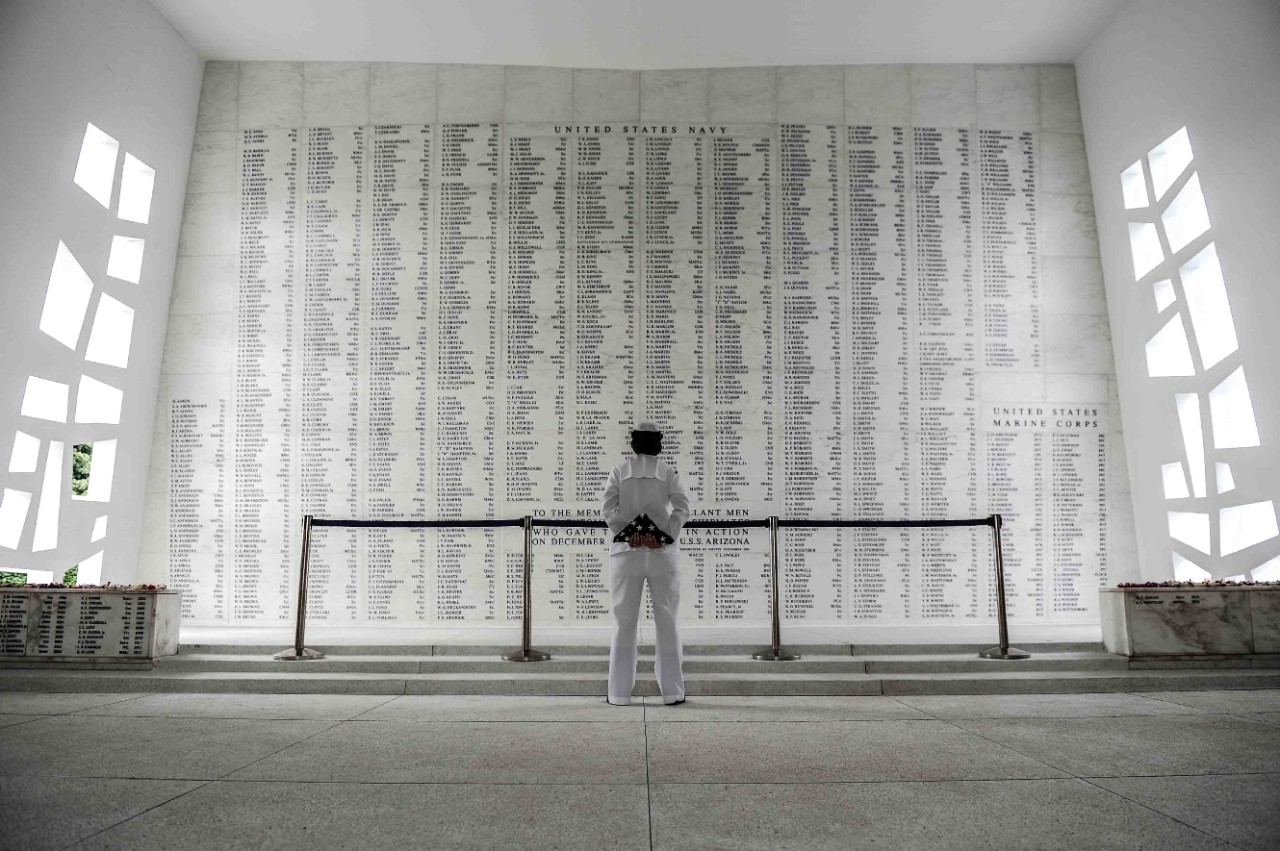
NHHC
Along with the rest of the nation, NHHC recognizes the importance of Arizona and the remembrance of those lost during the attacks on Pearl Harbor on 7 December 1941. NHHC continues to preserve a large portion of the Arizona archives. Photographs, official letters, and ship’s logs can all be found in the naval archives based out of the Washington Navy Yard in Washington, D.C. This archival collection is not limited to Arizona, but represents all of the other naval vessels involved in the attacks as well. NHHC historians and communication professionals have sought to interview survivors of this attack to gain a better perspective of the heroic actions taken that day. NHHC was also approached for the factual interpretation of Michael Bay’s film, “Pearl Harbor.” NHHC continues to provide new research and analysis of this pivotal moment in American history for the public. These contributions from the researchers and professionals at NHHC allow for a better understanding and interpretation of the events that occurred on this unforgettable day.
Further Reading
The Sextant blog entries on Pearl Harbor
Statistical Information on the attack on Pearl Harbor
A thorough take on Pearl Harbor by Vice Admiral Homer N. Wallin
NHHC photographic collection on the Pearl Harbor Raid
Oral Histories from survivors of the attack on Pearl Harbor
Pearl Harbor 75th Remembrance Anniversary
Commemorations for the 75th anniversary of Pearl Harbor took place from Coast to Coast. In December 2016 the National Park Service hosted a twelve day event, December 1-11, commemorating the lives lost during the attacks on Pearl Harbor. The Park Service continues to hold a ceremony ever year on 7 December, which has been officially designated National Pearl Harbor Remembrance Day.
The National Museum of the United States Navy at the Washington Navy Yard created a year-long exhibit titled, “Valor in the Pacific: A Remembrance,” to commemorate the event. Arizona was one of the most iconic battleships in the U.S. Navy, and, as such, continues to be an inspiration and an integral representation of the U.S. Navy’s commitment to its Sailors, its people, and those that visit it every year.
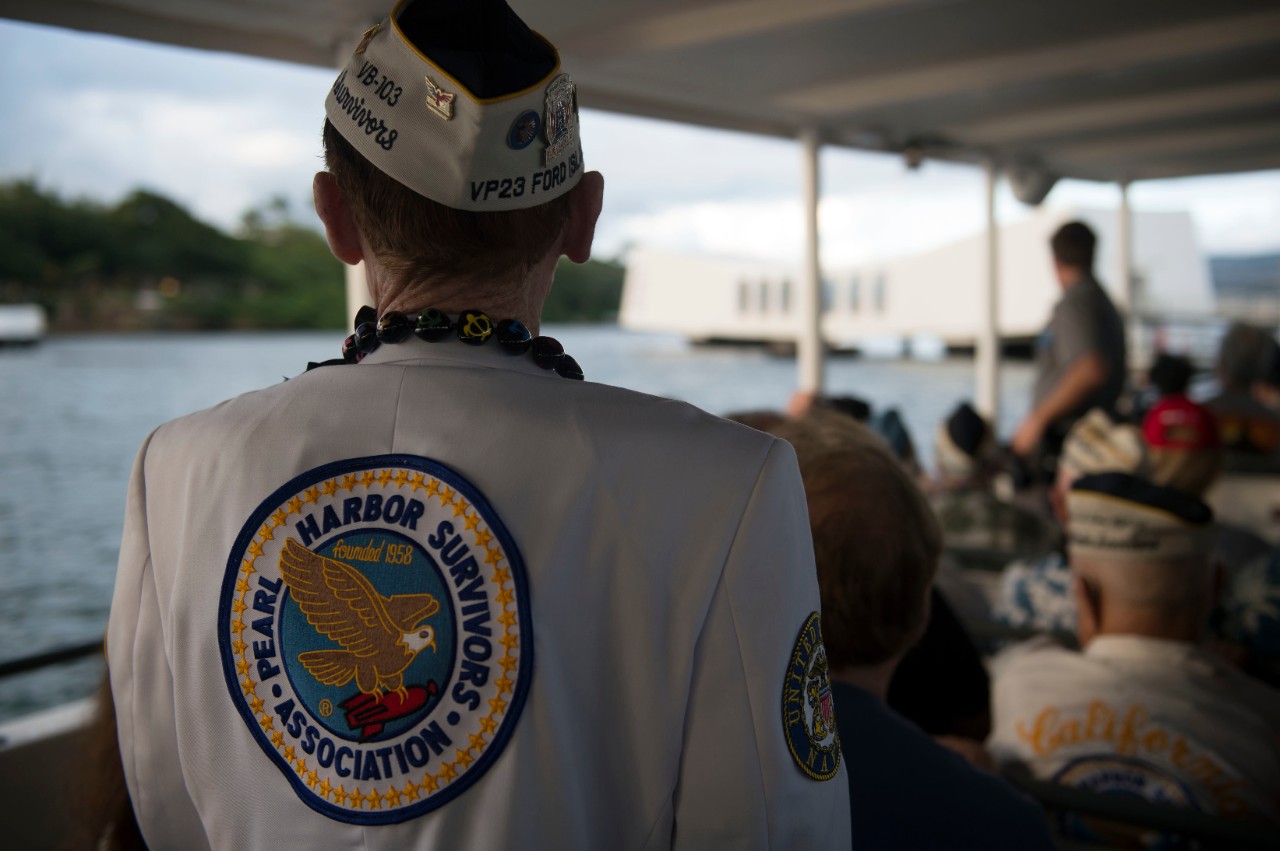
Timeline of the U.S.S. Arizona
| 19 June 1915 | First launch by New York Navy Yard. |
| 17 October 1916 | Commissioned under the command of Captain J.D. McDonald. |
| 11 November 1918 | End of World War I. |
| 18 November 1918 | Sails to British Waters from Hampton Roads, Virginia. |
| 12 December 1918 | Arizona departs Portsmouth, England assisting and escorting George Washington who is carrying President Woodrow Wilson on board. |
| 1918–1921 | Arizona trains and completes routine patrols along the Atlantic coast before being transferred to the Pacific fleet. |
| 1921–1929 | Arizona completes routine operations along the Pacific coast. |
| 1929–1931 | Arizona undergoes a structural overhaul of her masts and vessel modernization. |
| 1931 | After completing her dry-dock period, Arizona carries President Herbert Hoover on a voyage the West Indies. |
| 7 December 1941 | Attack on Pearl Harbor. The sinking of Arizona along with 4 other ships. |
| 5 May 1942 | Navy begins to disassemble protruding structures of Arizona. |
| 1 December 1942 | Arizona removed from the Navy’s commissioned list. |
| October 1943 | Last of salvaging operations occur. |
| 1950 | Flagpole is established on top of Arizona remains. |
| 1960–1962 | Construction and completion of Arizona memorial. |
| 1980 | Construction of visitors’ center at Arizona memorial. |
| 1983 | National Park Service's SRC initiates underwater research on Arizona. |
| 1998–2001 | SRC conducts dives and concludes that there are hundreds of thousands of gallons of oil on board. |
| 2003 | National Park Service receives Legacy Resources Management Program funds for the development of a long term management plan of the Arizona. |
| 2003–2004 | Corrosion and preservation studies continue with new techniques to measure hull thickness, structural integrity, oil and microorganism processes. |
| 2009 | Site formation studies using finite element analysis (FEA) to calculate future structural strength and integrity of ship. |
| 2004–2016 | Annual studies help to update the management plan of the wreck, while allowing new techniques to answer questions on stability and visualization. |
| 2016 | 75th Anniversary of Pearl Harbor with remembrance commemorations around the country, with studies focusing on 3D modeling, interior and exterior mapping, and HD photo documentation. |
